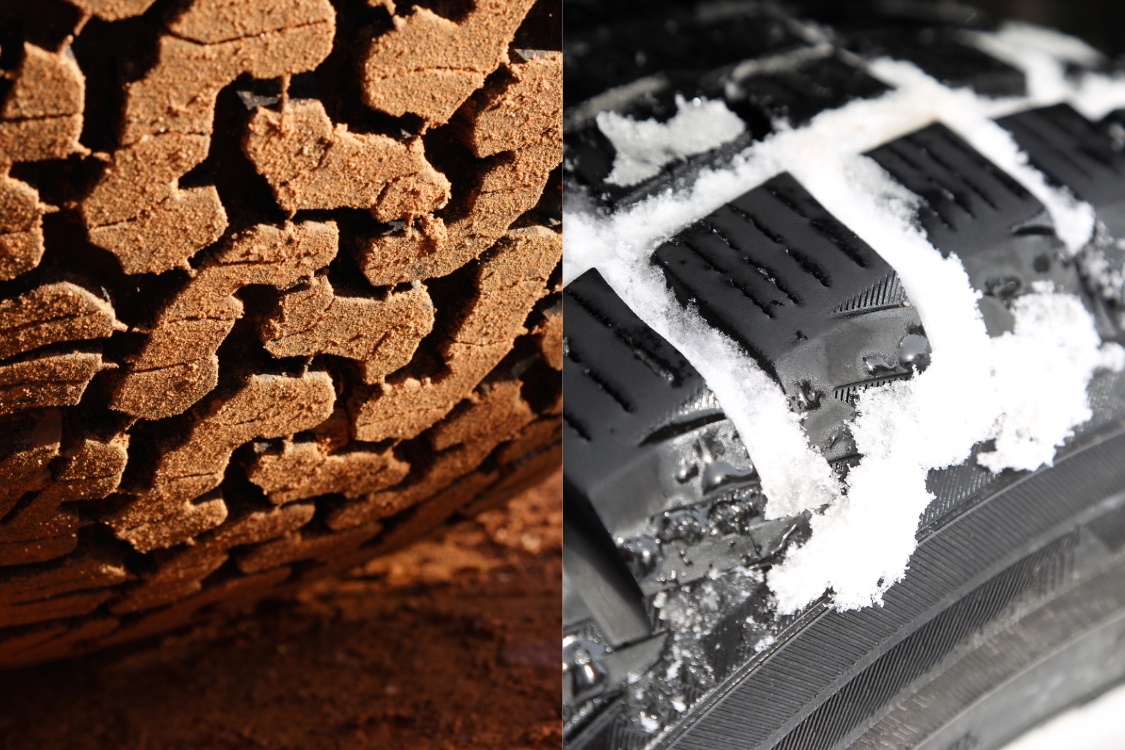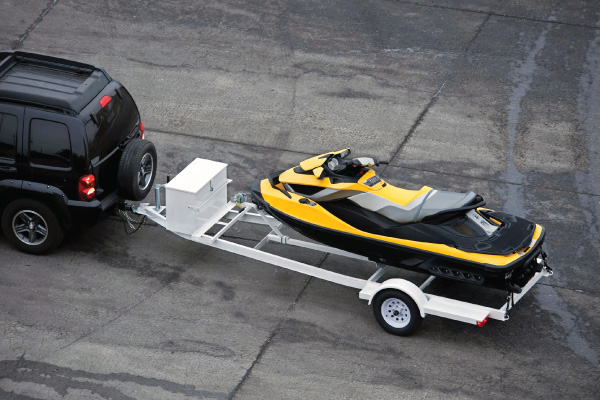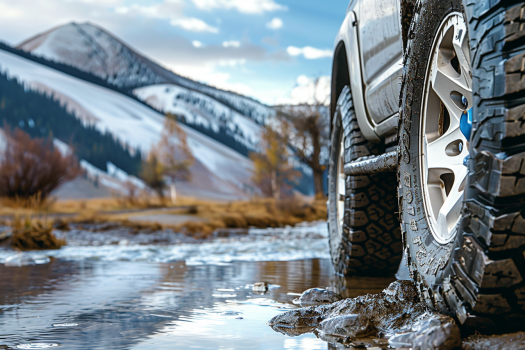Last Updated on February 26, 2024
The Key to Enhanced Traction and Safety
Modern tire design includes tiny sipe cuts in the tread pattern. These small slits significantly enhance traction and are especially important on all-season and winter tires.
What Does it Mean by Siping Tires?
Siping Tires cuts thin, shallow grooves or slits across the tire’s tread pattern. These cuts create extra edges and biting points on the tire, which help improve traction and grip in various road conditions. Siping is especially useful for all-season and winter tires but can benefit any tire type.
Once upon a time, it was common for people in areas with severe winter conditions to cut sipes into their tires to prepare for ice and snow.
Those times may be coming back. Although most drivers are satisfied with the sipes already built in as part of the tire tread design by the manufacturer, many drivers still demand additional aftermarket sipes for improved winter traction.
Instead of doing it themselves, they get a little help from their local tire dealer. Tire dealerships use modern siping machines to rotate each tire and cut thousands of thin, barely invisible sipes into the tread.
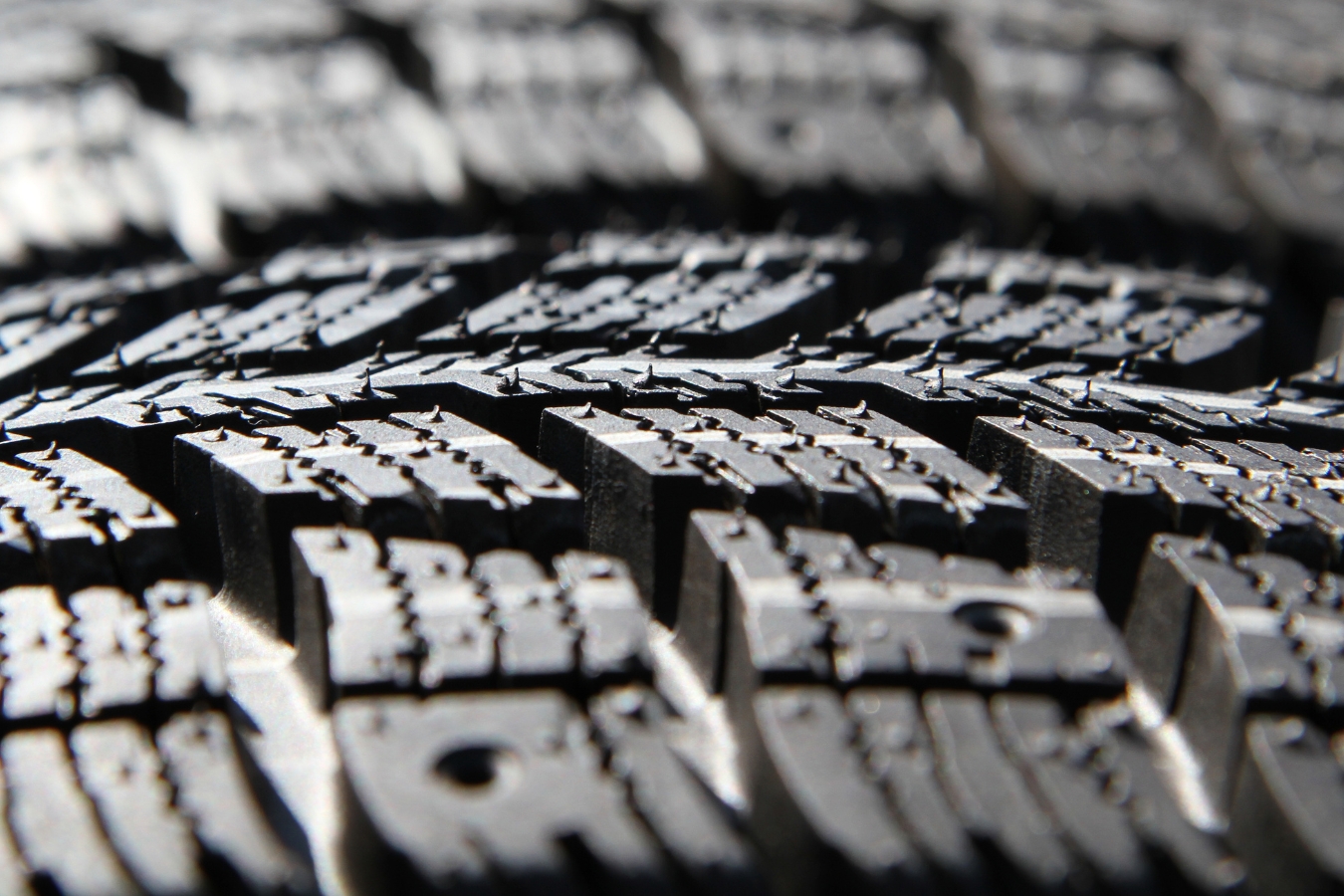
Who invented siping in the first place?
John F. Sipes patented the process of slicing minor cuts in rubber to increase traction in 1923, and the word “siping” was born. There are several stories about how his invention was inspired, but the most recited one, maybe because it is the most entertaining, goes like this:
John Sipes worked in a slaughterhouse in the 1920s. He cut slits across his rubber sole shoes to keep from slipping on the slippery floors, and it worked. The rest is history.
Although the patent was filed in the 1920s, sipes were not widely used on automobile tires until the 1950s.
When it comes to staying safe on the road, good tire traction is crucial. Whether driving in rain, snow, or slippery surfaces, having the proper grip can make all the difference. One effective way to improve traction is by siping tires. In this guide, we’ll explore what siping tires are, their benefits, and how they can enhance your driving experience.
Benefits of Siping Tires
Siping tires is like giving them a secret superpower! It’s a simple process that can make a big difference in how your tires perform on the road. This guide will explore the fantastic benefits of siping tires, from better grip to safer driving. Let’s dive in and discover how this straightforward trick can boost your driving experience.
- Enhanced Traction: Siped tires better grip wet, icy, or snow-covered roads. The additional edges generated by siping increase the tire’s ability to grip the surface, reducing the risk of skidding.
- Improved Braking: Siping enhances your tires’ ability to grip the road when you apply the brakes. This can lead to shorter stopping distances, vital for safety in emergencies.
- Better Handling: Siped tires offer improved control and handling, especially during turns or when navigating curves. This extra traction can make your driving experience smoother and more predictable.
- Reduced Hydroplaning: Siping tires helps channel water away from the tire’s contact patch, reducing the risk of hydroplaning on wet roads. This is crucial for maintaining control during heavy rain.
- Extended Tire Life: It can extend tire life despite the misconception that siping reduces tire life. By improving tire performance, siping can reduce uneven wear and prolong the overall lifespan of your tires.
What does siping cost?
Tire dealerships charge roughly $15 and up for siping tires. That is approximately $60.00 or more for four tires.
Some people argue on both sides of the siping issue. Those that promote siping refer to test results that show substantially increased traction on ice and snow.
In September 2012, Consumer Reports tested aftermarket siped tires and concluded that although siping slightly increased traction and braking on ice, it also increased braking distance on wet and dry surfaces by a few feet.
Consumer Reports concluded that siping tires are not worth the extra cost, mainly because it might void your treadwear warranty.
Many manufacturer treadwear warranties state that the deposit will be voided if the tread pattern has been altered after leaving the factory.
How do you safely sit your tires at home?
Siping tires can significantly improve traction and safety on the road, especially in adverse weather conditions. While professional tire shops offer this service, you can also sipe your tires at home with the right tools and precautions. In this guide, we’ll walk you through the steps to safely sipe your tires yourself.
Materials You’ll Need
- Siping Tool: Purchase a quality siping tool designed for the task. These tools are readily available online and at automotive supply stores.
- Safety Gear: Wear safety goggles and gloves to protect your eyes and hands from debris while siping.
- Jack and Jack Stands: You’ll need these to safely lift your vehicle off the ground.
- Marker: Use a feature to draw guidelines on your tires for consistent siping.
Step-by-Step Guide to Siping Tires
- Prepare Your Workspace: Ensure you have a flat, stable surface to work on and use wheel chocks to prevent any accidental vehicle rolling.
- Lift the Vehicle: Using a jack, lift one wheel off the ground and secure it with jack stands. Ensure the vehicle is stable and won’t shift during the process.
- Mark the Tires: Use a marker to draw lines on the tire tread where you want to create the sipes. These lines will serve as guides to ensure even siping across the tire.
- Sipe the Tires: Carefully follow the lines you’ve drawn using the siping tool. Apply gentle, consistent pressure to create the sipes. Be cautious not to press too hard, which can damage the tire—Sipe in a crisscross or zigzag pattern for optimal results.
- Rotate the Tire: Once you’ve siped one section of the tire, rotate it to work on the next section. Continue this process until you’ve siped the tire according to your marked guidelines.
- Repeat for Other Tires: Repeat the siping process for each tire, one at a time, ensuring the vehicle is stable and secure.
- Inspect Your Work: After siping all tires, inspect your work to ensure that the sipes are evenly spaced and consistent. Make any necessary adjustments if needed.
- Lower the Vehicle: Carefully lower your vehicle to the ground using the jack and remove the jack stands.
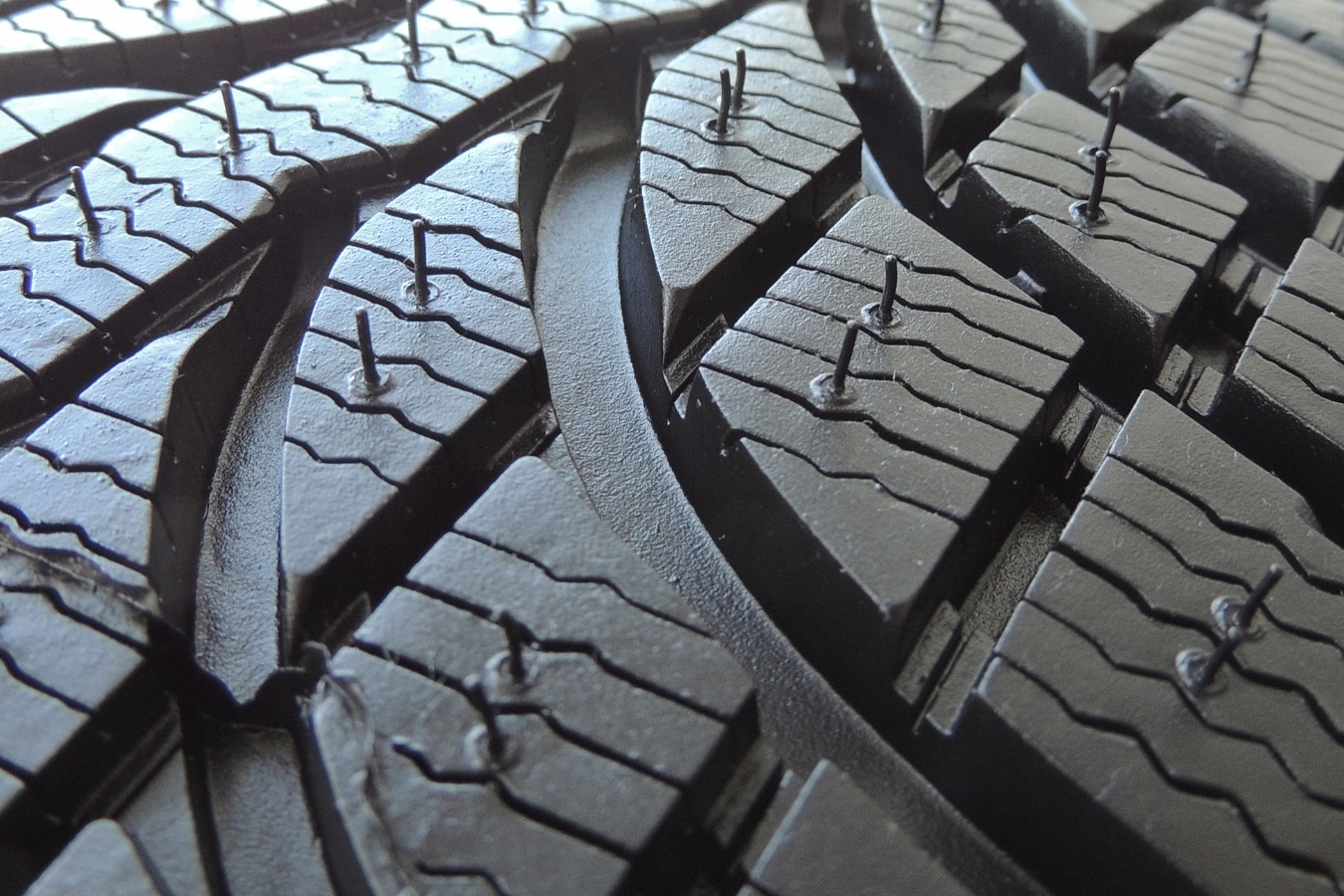
Safety Tips
- Always prioritize safety. Consult a professional tire technician if unsure about any process step.
- Wear appropriate safety gear, including safety goggles and gloves.
- Avoid siping too profoundly or aggressively, as this can compromise the tire’s integrity.
- Follow the manufacturer’s instructions for your siping tool.
Siping your tires at home can be a rewarding DIY project, but it’s essential to exercise caution and follow these steps carefully to ensure safe and effective results. Properly siped tires can enhance your vehicle’s traction and safety, especially in challenging driving conditions.
Conclusion
Siping your tires is a cost-effective way to enhance your vehicle’s traction and safety, especially in adverse weather conditions. Whether you live in an area with heavy snowfall or want extra peace of mind, consider siping tires to enjoy the benefits of improved grip, handling, and overall driving confidence.
Remember to consult a professional if you’re unsure about the siping process or want to ensure it’s done correctly. With properly siped tires, you’ll be better prepared to tackle the challenges ahead. Stay safe out there!
FAQs
What is the disadvantage of tire siping?
While siping can improve grip, the main disadvantage is the potential for increased road noise. The additional cuts in the tire tread can generate more sound, which some drivers may find bothersome.
How can I make my tires more grippy?
Apart from siping tires, keeping your tires properly inflated, choosing high-quality tires, and ensuring they have sufficient tread depth are effective ways to enhance grip. Regular tire maintenance, like rotations and alignments, can also help.
Does siping tires make them wear faster?
Siping tires typically doesn’t significantly increase tire wear if done correctly. It can sometimes extend tire life by promoting even wear and improving traction, reducing the likelihood of premature tire replacement.
What is the purpose of a sipe?
A sipe is a thin, shallow groove in the tire tread. Its primary purpose is to provide additional biting edges and improve traction on various road surfaces, especially in wet, snowy, or icy conditions.




